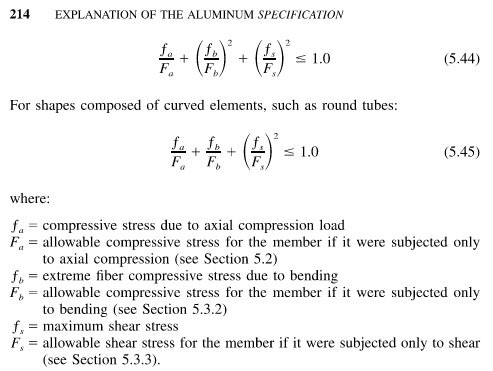Nitesh Sadashiva
Civil/Environmental
Hello,
I have a condition where beam to column web extended shear plate connection subjected to weak axis shear simultaneous with the strong axis shear, axial flexure and torsion. The plate is able to withstand all the load independently. But I am concerned about the plate interaction for the combined loads. I could not find any reference for an interaction equation with the combination of all these loads. Any suggestion/ reference will be much appreciated.
I have a condition where beam to column web extended shear plate connection subjected to weak axis shear simultaneous with the strong axis shear, axial flexure and torsion. The plate is able to withstand all the load independently. But I am concerned about the plate interaction for the combined loads. I could not find any reference for an interaction equation with the combination of all these loads. Any suggestion/ reference will be much appreciated.

